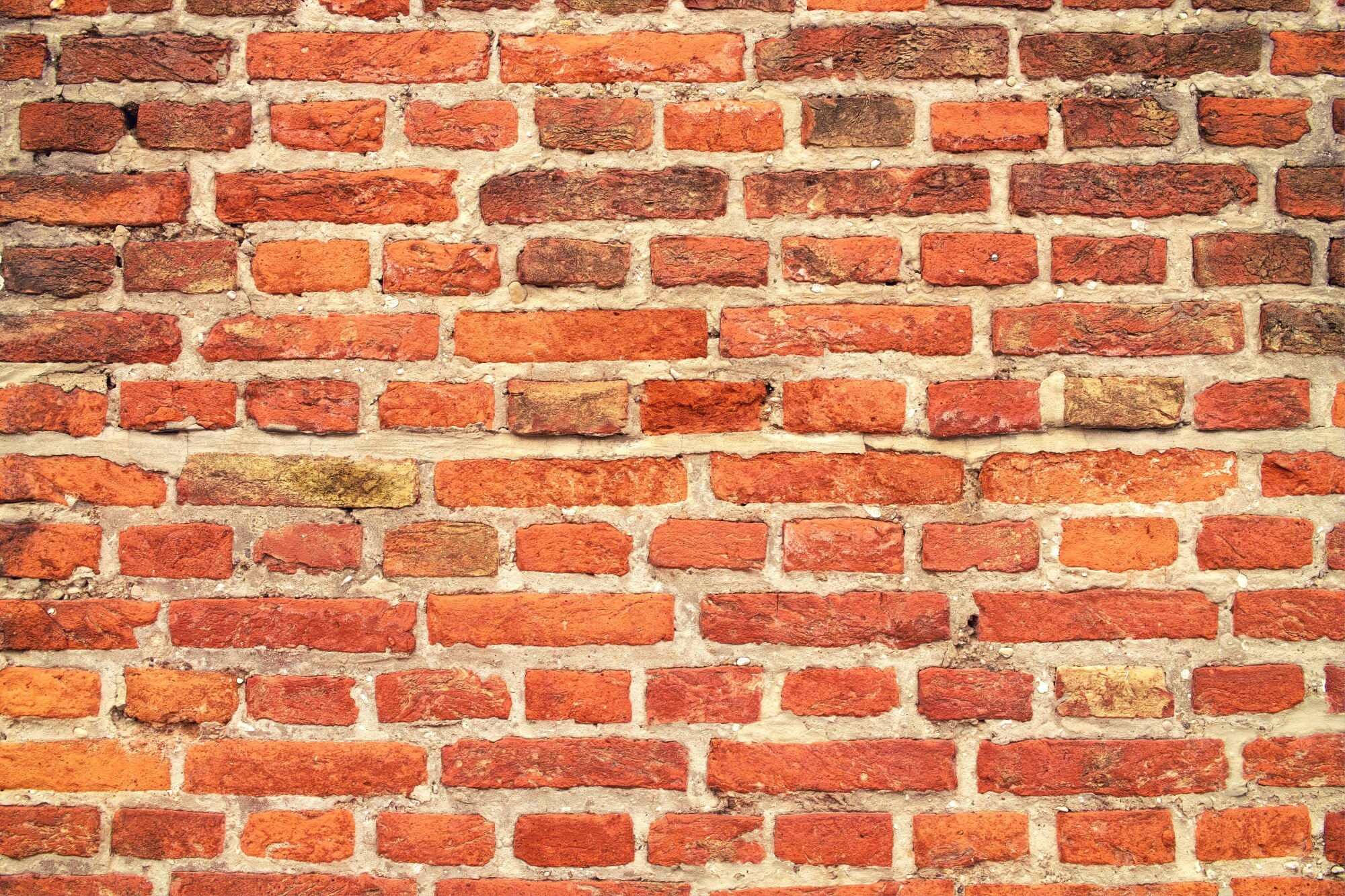NEWS
How to Identify the Different Types of Masonry

As a substance that’s been around for thousands of years, it may be surprising that there are several types of masonry. Yet, what types of masonry are there exactly? If you’re hiring a concrete contractor for your residential job, it’s still important to have a professional who works with concrete suppliers who can deliver quality ready-mixed concrete suitable for projects like basement walls, footings, foundations, and driveways.
Not only that, but why is it necessary to break it down by type? In this article, we’re going to go over all of that and more.
It is generally easier to give a generalized rundown of masonry and its uses and characteristics. But it is far more informative and essential to understanding the pros and cons of each. With that said, let’s get into it.
Stucco Masonry
Stucco masonry is a type of masonry that usually consists of three layers. The first layer is the underlying structure, which is usually made of rubble charge or backing. The second layer is the base coat of stucco, which is applied over the underlying structure. The last layer is the finish coat of stucco, which has a smooth, polished appearance to it.
Stucco masonry provides an urban, textured look due to its rough, textured surfaces. It is one of the more popular masonry work options, given its durability and minimal maintenance requirements.
Tile Masonry
This type of masonry work involves the use of ceramic, porcelain, and stone tiles to create decorative surfaces. These tiles are arranged in patterns and often have intricate designs.
To identify tile masonry, look for thick, flat tiles set in stone or concrete. There may be motifs that have been created with the use of various tile sizes and shapes. Additionally, look for tessellated geometric shapes, such as rhombuses, triangles, and octagons, that are created with the tiles in mosaic patterns.
Usually, the tile mason must undertake a painstaking process of hand-fitting tiles, which is labor-intensive and requires great skill. If you’re planning to go with this type, be sure to check these masonry services.
Reinforced Masonry
Reinforced masonry is an upgrade from general masonry, as it can help reduce the stress on the wall, which reduces the overall risk of wall failure. This reinforcing is most often found in taller buildings, load-bearing walls, and mud brick masonry. You will be able to recognize this type if there are reinforcement materials such as steel bars, steel mesh, and grout joining the blocks
Brick Masonry
Brick masonry is made of bricks that are molded from clay, shale, or concrete. It is then set with a mortar made of sand, cement, and water. It is also one of the oldest and most traditional types of masonry.
The edges of the brick should be clean, sharp, and well-defined, while the surface should be smooth, with little to no warping or cracking. Furthermore, brick masonry stands out due to its regular and orderly arrangement of bricks, which is a key identifying feature. Additionally, the mortar lines between each brick should be consistent in size and color.
Stone Masonry
Stone masonry involves different subtypes that use naturally occurring stones. These stones are mined, quarried, and shaped into blocks of varying sizes and shapes. It can be identified by its rugged and unique look, often characterized by the use of varied colors and types of stone.
Identifying the Different Types of Masonry
Masonry has many different forms, but it is important to recognize and classify which type of masonry is used in any given construction. The types of masonry include stucco, brick, stone, tile, and reinforced. With a bit of attention, patience, and knowledge of these types, identification should be possible. Don’t forget to browse our site for advice on business, products, services, and more.
Kenneth is a proud native of sydney, born and raised there. However, he pursued his education abroad and studied in Australia. Kenneth has worked as a journalist for almost a decade, making valuable contributions to prominent publications such as Yahoo News and The Verge. Currently, he serves as a journalist for The Hear Up, where he focuses on covering climate and science news. You can reach Kenneth at [email protected].










